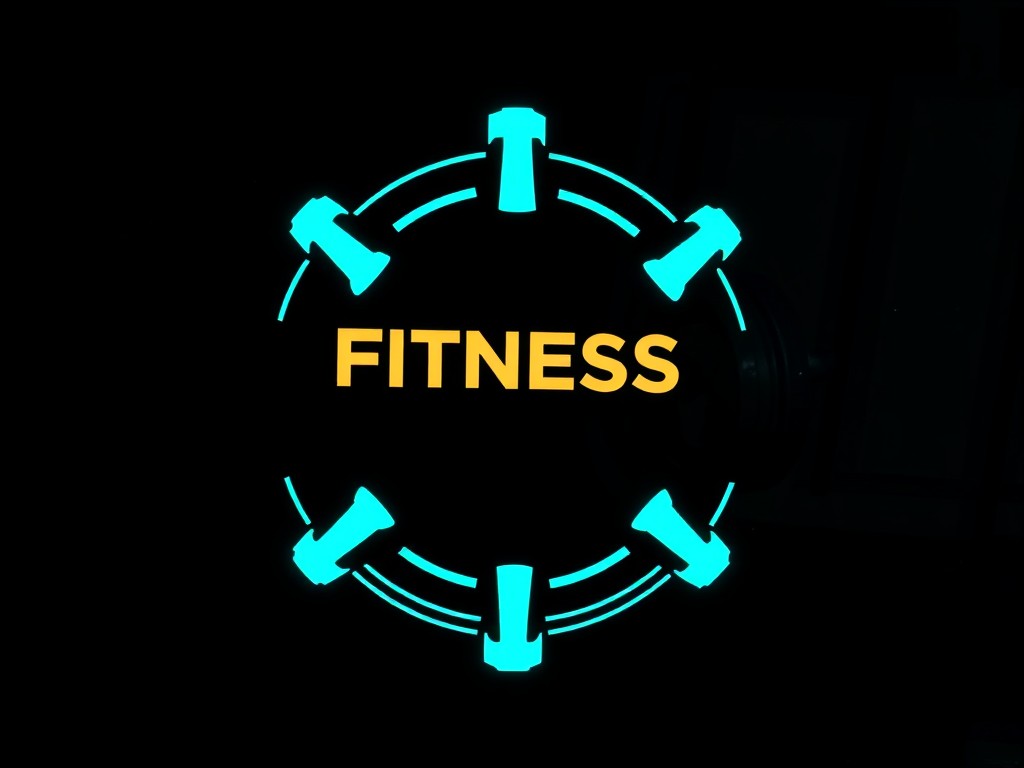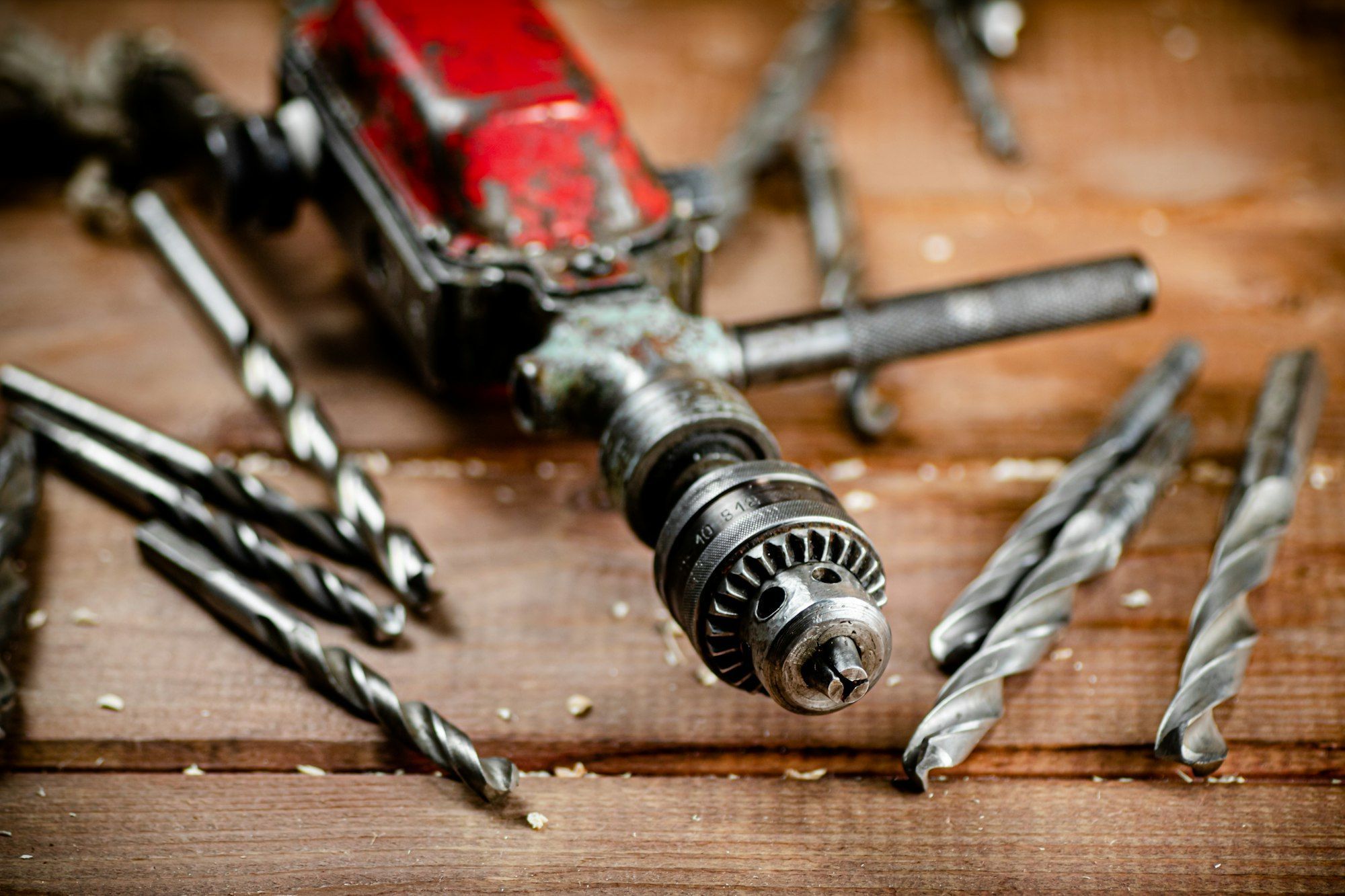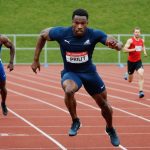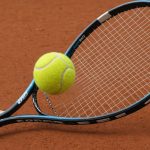In the sport of water polo, speed, strength, and strategy are critical points for every player. However, when we talk about a goalkeeper, the focus narrows down to reaction time. It can make the difference between winning or losing the game. As scholars in sports science say, "A goalkeeper’s performance is the pivot on which a game swings." In this article, we delve into specific water polo drills designed to enhance the reaction time for goalkeepers. These drills are backed by published studies in sports science journals such as Crossref and Pubmed.
Unearthing the Basics of Water Polo
Water polo is a thrilling and adrenaline-inducing sport that demands a lot from its players, especially goalkeepers. The goalkeeper’s position is indeed one of the most challenging in the game. Their task goes beyond merely blocking the ball from entering the goal. They also have to anticipate the movements of the opposing team’s players and react swiftly to intercept or deflect their shots.
Also to discover : How do elite sprinters analyze their performance data to enhance their speeds?
According to an analysis conducted by a scholar, a water polo goalkeeper needs quick reflexes, excellent hand-eye coordination, and good decision-making abilities. These skills can be improved through specific drills designed by experienced trainers and sports psychologists.
Speed and Agility Drills
In water polo, the speed at which the goalkeeper moves and reacts can either prevent or enable a goal. To enhance this speed, they must engage in drills that challenge their agility and quickness. One effective drill involves the goalkeeper moving swiftly from one side of the goal to the other, trying to block balls thrown by other players or the coach.
Also to read : How does humidity affect the materials used in professional tennis racket strings?
This drill, often referred to as the ‘side-to-side’ or ‘zig-zag’ drill, contributes to building the goalkeeper’s speed, agility, and reflexes. As the athlete gets used to the drill, the difficulty level can be amped up by increasing the speed of the throws or adding more balls into the mix.
Research from Crossref and Pubmed confirms that agility and speed drills enhance muscle strength and flexibility. This, in turn, helps the goalkeeper make quick movements and accurate decisions during the game.
Reaction Ball Drills
A reaction ball is a six-sided rubber ball that bounces unpredictably. This tool is effective in training the goalkeeper’s reflexes and reaction time. The player tosses the ball against the wall and attempts to catch it on its return. The unpredictable nature of the bounce forces the goalkeeper to stay alert and react quickly, thus honing their in-game defensive skills.
Coaches often use this tool during training sessions to simulate real-game situations. In addition to improving the goalkeeper’s reaction time, these drills also improve their hand-eye coordination, a critical skill for any goalkeeper.
Eye-Tracking Drills
The goalkeeper’s eyes play a crucial role during a water polo game. They need to track the movement of the ball, the position of the players, and the direction of the shot. Eye-tracking drills are designed to improve the player’s visual attention and focus.
A popular eye-tracking drill involves the goalkeeper focusing on a moving object while other distractions are in their peripheral vision. This condition mimics the game’s environment, helping the goalkeeper to maintain focus on the ball, anticipate the shot direction, and react swiftly to block it.
Scholars have recognized the importance of visual tracking in sports. According to studies available on Pubmed, these drills have shown to improve focus, concentration, and, consequently, the reaction time of the goalkeeper.
Strength Training and Conditioning
Physical strength and endurance are crucial for a goalkeeper’s performance in water polo. These factors contribute to the speed and power of their movements in the water.
Strength training and conditioning drills form the backbone of any goalkeeper’s training routine. These could include resistance training, core strengthening exercises, and cardiovascular workouts. Resistance training, for instance, builds the strength required for powerful and swift movements in the water.
In addition to physical strength, conditioning drills also improve the goalkeeper’s overall stamina. This is crucial for maintaining a consistent performance throughout the game. A research paper on Crossref states that regular strength and conditioning training significantly improves athletes’ performance and reduces the likelihood of injuries.
Overall, improving the reaction time of a goalkeeper in water polo is a multifaceted process. It involves not just the physical aspect but also the mental and psychological elements, including focus, anticipation, and decision-making. The combination of speed and agility drills, reaction ball drills, eye-tracking drills, and strength training and conditioning can significantly enhance a goalkeeper’s reaction time. However, remember that consistent practice and patience are the keys to seeing noticeable improvements.
The Importance of Anticipating Scoring Opportunities
In water polo, every millisecond counts. This is especially true for goalkeepers, who are often the last line of defense against the opposing team’s attempts to score. Thus, as a goalkeeper, being able to anticipate scoring opportunities as they arise is a crucial skill.
Anticipation is all about being able to read the game, understand the situation, and predict what is going to happen next. This skill is critical for goalkeepers as it allows them to position themselves correctly, make split-second decisions, and react promptly to stop the ball from entering the goal.
One drill to improve anticipation is the ‘player ball’ drill. In this drill, the goalkeeper must focus on predicting the trajectory of the ball as it is passed between various players in the pool. This drill simulates real-game scenarios, thereby helping goalkeepers to improve their anticipation skills.
Additionally, goalkeepers can also practice anticipation by watching recorded games. By analyzing the moves and strategies of other players, goalkeepers can learn to predict the opposing team’s actions ahead of time.
Research on Google Scholar supports the importance of anticipation in sports. It suggests that highly skilled athletes, such as those in elite water polo programs, have a significantly better ability to anticipate events compared to less skilled athletes.
The Role of Table Tennis in Improving Reaction Times
Surprisingly, one sport that can significantly improve a goalkeeper’s reaction time in water polo is table tennis. This might seem unrelated, but the fast-paced nature of table tennis matches can effectively train a goalkeeper’s hand-eye coordination and reaction time.
Table tennis requires players to react swiftly to rapid, unpredictable movements. The player must anticipate the direction of the ball and time their swing accurately to hit it. These skills are directly transferable to water polo, where the goalkeeper must also anticipate the direction of the ball and time their movements to block it.
Goalkeepers can incorporate table tennis into their training regimen to improve their reaction time. Playing regular table tennis games can help enhance their reflexes, agility, and hand-eye coordination, all of which are critical skills for a water polo goalkeeper.
A study available on Google Scholar has confirmed the benefits of table tennis in improving reaction times. According to the study, table tennis players show significantly better reaction times compared to non-players. Thus, it can be an excellent tool for goalkeepers to improve their reaction time.
Conclusion
In conclusion, improving a goalkeeper’s reaction time in water polo requires a targeted approach that addresses both physical and cognitive aspects. Drills focusing on speed and agility, reaction ball techniques, eye-tracking exercises, strength training, and conditioning are all effective ways to enhance reaction times. However, anticipation and decision-making are also vital components that can be improved through specific drills and strategies, such as the ‘player ball’ drill and analysis of recorded games.
Moreover, incorporating fast-paced sports like table tennis into the training regimen can also be beneficial. Such practices can enhance a goalkeeper’s quick decision-making abilities, improve hand-eye coordination, and ultimately lead to better performance in the pool.
Remember that improvement is a gradual process. Consistent practice, patience, and determination are key. As evidenced by research found on Google Scholar, even the most successful goalkeepers in NCAA Division, high school, and open access polo programs regularly engage in these drills and exercises. Therefore, whether you’re a swimoutlet member seeking to earn credit or an aspiring goalkeeper aiming to join the elite water polo league, these drills can significantly improve your reaction time and overall performance.











